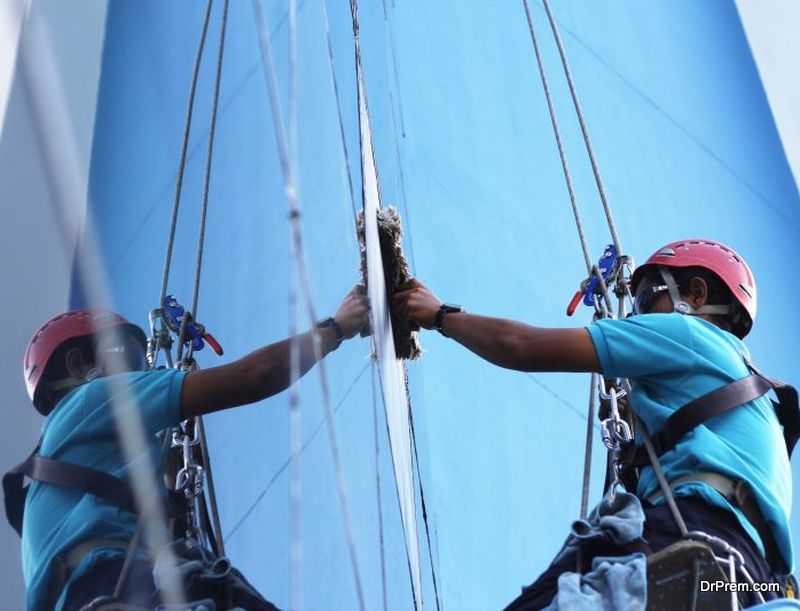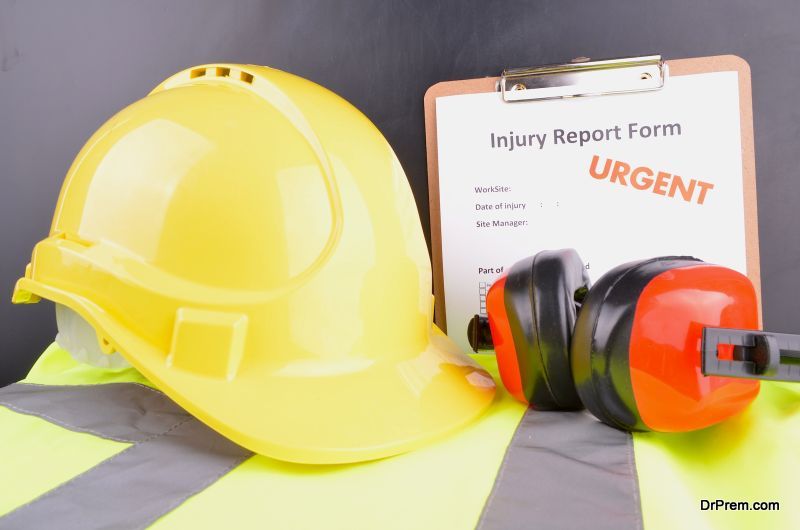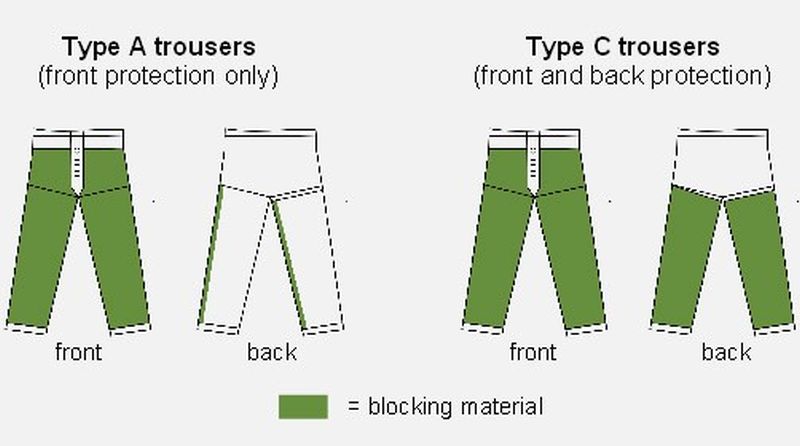The outside working environment is almost always more dangerous than inside working environments which tend to be offices. There are a wide range of possible risks facing outdoor workers which makes it essential for employers to understand health and safety best practice in outdoor environments.
The Health and Safety Executive issues regulations and guidelines are specifically designed to help outside workers, employers and the general public to stay safe when working outdoors.
Here are a few points about the safest ways to work outside that both employers and employees alike need to be aware of.
Risk Assessment
Every employer needs to carry out a risk assessment before putting people to work in outdoors environments. Every outdoor environment has its own risks which need to be looked at individually. For example, workers who are located in dense forest will face different hazards from workers on farms or in open countryside.
Once you’ve assessed the risks of your workplace, you can plan the best ways to keep your workers safe. The HSE publishes guidelines for carrying out a workplace risk assessment, which explains how to identify hazards, who is at risk and how to evaluate risks, as well as the measures to put in place to minimise these risks. Let’s look at some of these now.
Personal Protective Equipment (PPE)
Employers have a duty of care to their employees, and part of that responsibility includes providing appropriate personal protective equipment (PPE). You need to know which sort of PPE to provide, how to use it, and the industry safety standards that it needs to meet.
Most, if not all, outdoor workers will require helmets. Depending on the kind of work being undertaken, your workers could need helmets with protection for the eyes or neck as an integral part of the design. Some workers will be exposed to loud noise from machinery for extended periods of time and so may also require ear protection.
Gloves are also very important, but not for everybody. If you are handling sharp or rough material, working outside or climbing trees, you may well need protective gloves. Some equipment, however, poses a snagging danger to workers in gloves, so this needs to be taken into account.
Boots are important for outside workers. They need to protect your feet from environmental hazards and from accidents. Ideally, they should also be waterproof and have a sole with a sturdy grip. In some cases, you may need protective trousers or gaiters, groin protection or waterproof outer layers.
The kind of clothing you need will also depend on the kind of work that you are doing. It may need to be waterproof, windproof or resistant to chemicals. Some workers may find it advisable to wear high visibility jackets, if they work in poor light or thick woodland.
PPE needs to be properly stored and maintained. The best practice is to have one employee who is responsible for the care, storage and maintenance of the PPE, and to make sure that all of the workers know who that employee is and how to get in touch with them.
Weather protection
Working outside means working in all kinds of weather, even in the UK. You should always consider the danger posed by extremes of weather. If the weather is hot, then workers need to have access to shade, plenty of water and frequent rest breaks. PPE should be removed during rest breaks, to allow you to cool down, but it’s important that if required on site, high vis gear is worn by workers at all times.
In cold weather, workers need access to warm drinks or warm soup, and more frequent rest breaks. You need to make sure that clothing and PPE are appropriate and will provide adequate protection from the cold.
Prolonged exposure to sunlight can also be bad for a worker’s health, and protective clothing or an adequate sun cream should be available at all times.
In hot, cold, or very sunny weather, it’s important that everyone is aware of the signs of heat or cold stress, and knows what to do if they, or a fellow worker, appear to be suffering. There are plenty more resources on this published on the HSE site.
Dangerous machinery
A lot of the machinery used when working outdoors can be dangerous, especially chainsaws. For this reason, there are detailed guidelines for using dangerous machinery like chainsaws, as well as equipment such as harnesses when working from height. It’s important that everyone who will be using this machinery and equipment, or who will be nearby when the machinery is being used, is aware of the dangers and of the proper procedures to follow if there is an accident or an emergency.
All the equipment that you use must be properly maintained, serviced and stored, and it’s very important that everyone knows which employee is responsible for the equipment. It’s also vital that everyone who uses the equipment is properly trained, and if they are learning how to use it, they must be properly supervised.
About the Author: Paul George is the managing director of Landmark Trading Ltd, the UK’s leading supplier of arborist equipment, tree surgery and tree climbing equipment. You can connect with Paul on Twitter on @LandmarkTrading or check out their Facebook page.
Article Submitted By Community Writer






